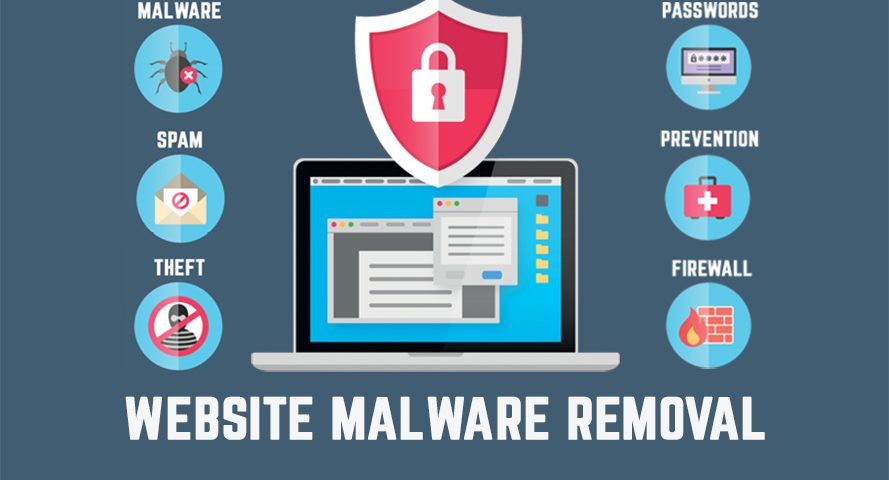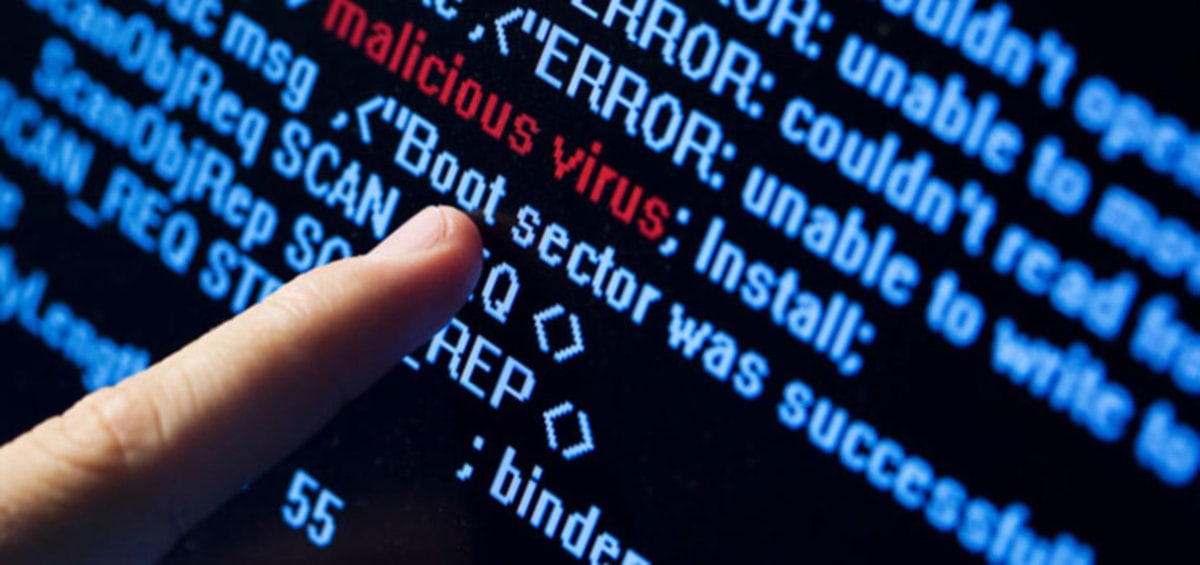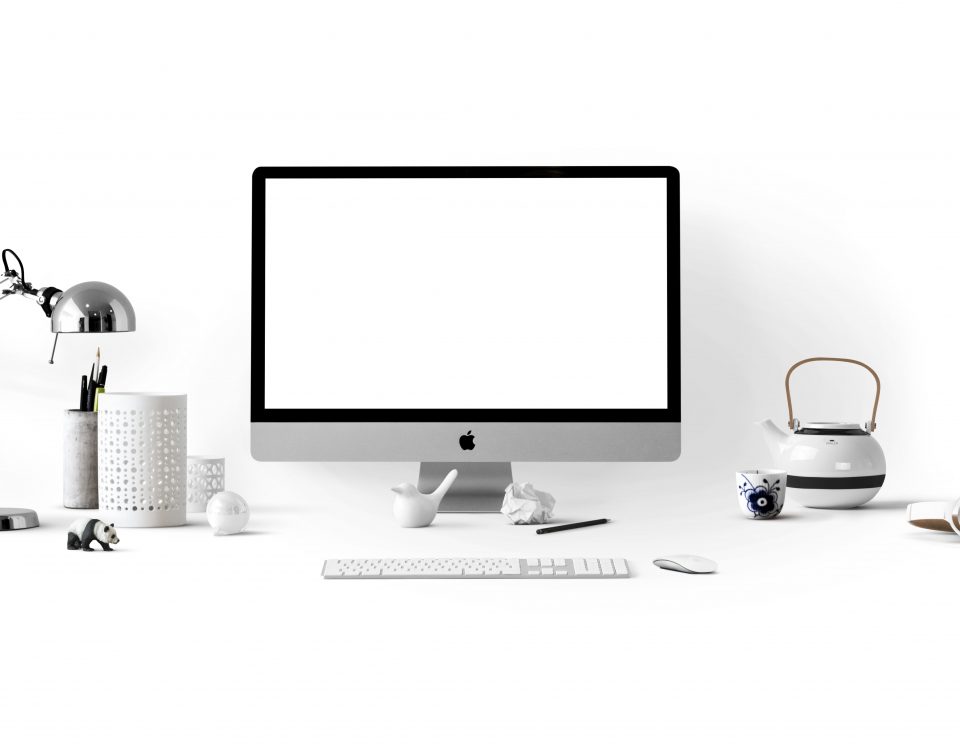Amazing Hacks to Clean Malware from WordPress Website
WordPress is one of the most popular open source platforms which is best used for website creation that is written in PHP. Due to several exciting and exclusive features, it is considered as the most powerful and easiest blogging website content management system. In case you do not have any knowledge of programming, you can easily use it to maintain the important aspects of your website effectively. But it becomes the most annoying experience when you notice that your website is not working due to malware attacks. Therefore, it is essential to remove the infected malware with the best possible solutions. Here, in this article, we are going to provide you with the most appropriate steps that will make your task easier. However, opting for a professional’s help is always the best decision to get reliable Website Virus Removal services.
Important Steps to Remove Malware from Your WordPress Site Successfully
There are various factors that are responsible for your site to get affected with malware. Therefore, it is essential to analyze the reason at first and then rectify the same with the most appropriate solutions. In case you are unaware of the process to remove the malware, try the effective steps that are given below.
1. Perform a Backup of WordPress site
If you are maintaining a WordPress website of your own, then it is a must to keep a backup. Before you continue with the process of malware removal, copy the complete site so that if any problem occurs, you can easily recover it with the backup. After completing the backup process, examine the kind of malware that has infected your website. It is also recommended to download the files that are infected in your machine.
2. Inspect the Infected files
Another option to clean the WordPress malware is through cleaners. After you have downloaded the copy of your infected website or blog, take the initiative to examine it. Here are the three core areas where you should always focus on:
i) WordPress Core files: The best option is to download a copy of WordPress installation from WordPress.org in case you have made any changes in the core WordPress files.
ii) WP-config file: It is essential to identify the wp-config.php file, on the public_html folder that is available on your server. Also, check whether there is any suspicious code available or not and note the password, database name, and table prefix. This information is required during the restoration of your site.
iii) WP Contents Folder: This folder contains themes, uploaded images, and plugins.
3. Delete All Files from the Folder
Once you have identified the malware infection, simply log in to your server and delete the contents of the public_html folder. But be careful that the cgi-bin folder should not be deleted or any other server files are not infected. Besides, you can also follow the manual logging process in order to delete the files.
4. Download and Install a Fresh Copy of WordPress
In case you have deleted the files of WordPress site, you have to go to wordpress.org and then download the latest copy. At first, unzip the zipped file and then to upload the files, use the FTP client. Once the installation process is started, create a new wp-config.php and then enter the previous website’s data. The last step is to restore the database files.
5. Download and Install the WordPress Theme and Plugin
After downloading the latest copy of WordPress, login to the portal of theme developers and then download a separate new copy of the existing theme. No more usage of a free theme; rather purchase a secure theme.
6. Force Admin Password and Change the Salt Keys
After bringing your website to life, it is necessary to change the passwords of all the admins so that no one can access your system. Use of weak passwords is the primary source for malware attacks. Therefore, ensure that your password strength is strong.
7. Reconfigure Permalinks
It is quite an easy and simple task to configure the permalinks and confirm them. Therefore, log in to WordPress admin -> Settings -> Permalinks. Then, set up the permalinks. After you are done with this process, check whether the post and pages are working on WordPress.
8. Scan and Re-upload the Contents
The next step is to scan all the contents appropriately with a computer along with the updated antivirus so that chances of being infected are lowered.
9. Secure Your New WordPress Website
After cleaning the malware of your website comes the most effective step that is the security of your website. There are many ways to secure your website which include purchasing a security monitoring plan, installing a security plugin, outsourcing website maintenance and management. Choose one appropriate way according to your convenience and complete the task successfully.
All these above steps are effective, if applied in a proper way. But if you are not a tech-savvy person, it is quite possible that you might face troubles. In this case, opting for an expert’s help is always a wise decision. Therefore, delay no more and contact us today to get the most potential solutions on the go. We are best when the concern is Website Virus Removal services.
Unable to Remove Malware from Your WordPress Website? Talk to Us Today!
Worried about what to do with your malware infected WordPress website? Confused whom to contact? We are a team of highly-qualified and experienced professionals who are aware of the basics of WordPress and hence can guide you in the best way possible. At first, we go through your website and analyze the problem thoroughly and then come up with the most appropriate techniques. Our primary aim is to provide you the best and secured website. So, wait no more and contact us today to get the best Website Virus Removal services with the most affordable price quotes.




